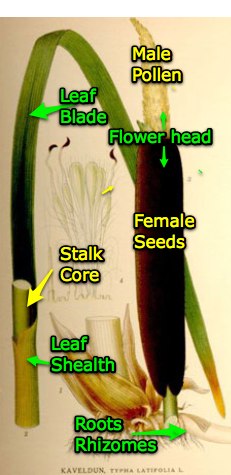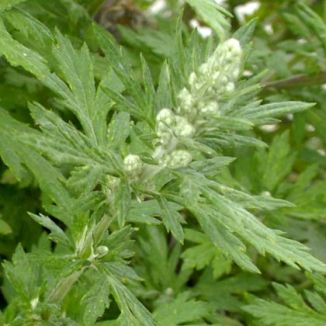Lamb’s-Quarters
(Chenopodium album)
Pronunciation: ken-o-PODE-ee-um AL-bum
Chenopo’dium: from the Greek chen, “goose,” and pous, “foot,” or podion, “a little foot,” referring to the shape of the leaves in some species (ref. genus Chenopodium)
This European relative of spinach and beets, which grows throughout the North America, bears large quantities of edible, spinach-flavored leaves you can collect from mid-spring to late fall. It’s one of the best sources of beta-carotene, calcium, potassium, and iron in the world; also a great source of trace minerals, B-complex vitamins, vitamin C, and fiber. Wildman has an excellent piece on lambs quarter, also called goosefoot and pig weed. There is a look-a-like that will make you sick. The tell-tale difference is the look-a-like smells like resin. So no worries just pinch the leaves if it stinks let it be. I have found all the plants we are talking about here in my own yard or neighborhood. They are common. I have found, ID’ed and eaten everything I am posting here. I am not going to tell you anything I haven’t tried myself. So, Here is Lambs Quarters which I just found and ID’ed this last winter.
One of the tastiest greens out there–It is in your yard – Find It – ID It.
Nutrients: Lambs quarters has Phosphorus, iron, calcium, vitamins A, B2, Niacin, and C
Medicinal uses
Native Americans ate the leaves to treat stomachaches and prevent scurvy. Cold tea used for diarrhea. Leaf poultice used for burns and swellings. Fold remedy for vitiligo, a skin disorder.
This YouTube has some more interesting facts about Lambs Quarters. Ever heard of quinoa? You will be surprised what he has to say about lambs quarters and quinoa.
Chickweed
(Stellaria media)
Most are succulent and have white flowers, and all with practically the same edible and medicinal values. They all exhibit a very interesting trait, (they sleep) termed the ‘Sleep of Plants,’ every night the leaves fold over the tender buds and the new shoots. I suggest you only gather this little darling when the white flowers are present. The look-a-like is the scarlet pimpernel. They grow very close to each other. You can’t tell them apart except for the flowers.
Side note: scarlet pimpernel
http://www.botanical.com/botanical/mgmh/p/pimper33.html
is known as the weather vane plant. When a low pressure is approaching the flower will close up to protect its pollen. Low pressure means there is a change of weather on the way. Dandelions flowers will do the same thing. But if there is a puff-ball on the dandelion the plant releases the puff from the stem before it rains to insures reseeding. Watch those puff balls. High pressure means clear skies. I digress. Back to Chickweed.
New research indicates it’s use as an effective antihistamine. The decoction is also used externally to treat rheumatic pains, wounds and ulcers. It can be applied as a medicinal poultice and will relieve any kind of roseola and is effective wherever there are fragile superficial veins or itching skin conditions.
bum
This little guy is good for just about everything that ails you. Find it in your garden or neighborhood. It is everywhere and finding it is kind of a thrill. It shows you have been paying attention and are learning something. Walking takes on a whole new meaning when you are out there trying to ID plants. I just learned about wood sorrel the other day and now I popping it in my mouth every chance I get.
As usual I have overstepped my bounds here and gone way over the limit. But I have half of next weeks wildcrafting blog already done. It will be on wood sorrel, Pine needles and spring tonic if I have room.
Please pass the prayer for Japan around, thank you and see you next week.
WILDCRAFTING: The CAT’S MEOW A REAL HERO part 4
Wildcrafting: #3 Dandelions, Curly Dock, Jewelweed & Making flower essences.
WILDCRAFTING: MUGWORT, (bonus plant Wormwood), YARROW AND RED CLOVER. And a little conversation with God and St. Francis on Lawns.




























































You must be logged in to post a comment.